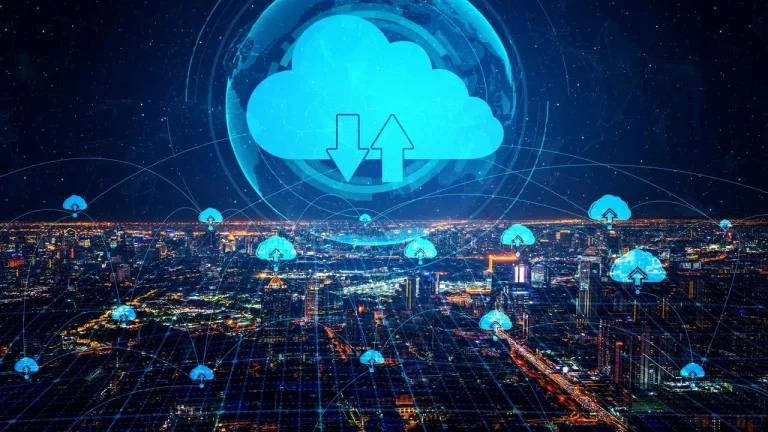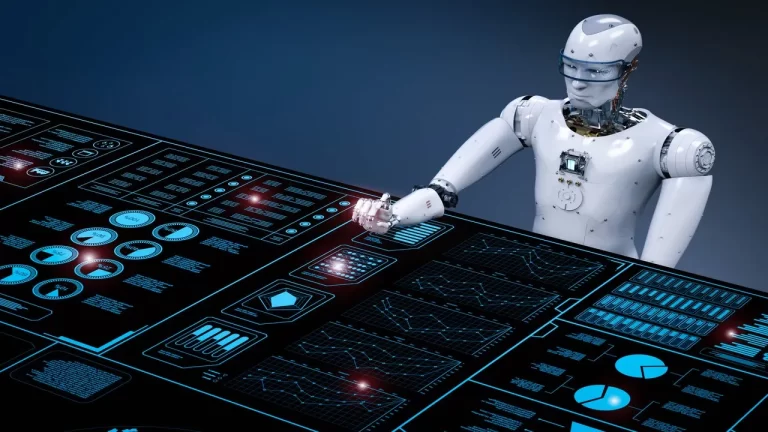In a surprising turn for the tech industry’s rapid race into artificial intelligence, Microsoft has confirmed it is slowing or pausing some of its AI-related data center projects, including a highly publicized $1 billion expansion in Ohio. The move comes amid growing concerns over infrastructure demands, power consumption, and the intense costs tied to supporting the next wave of generative AI systems.
Strategic Pause Amid Unprecedented AI Growth
This only serves to show that tech-giants such as Microsoft now face the challenge of achieving higher expenditures through investments in AI while ensuring infrastructure reliability. Despite this, those sessions are dear to analysts, howbeit during its most recent public hearings and declarations, the company agreed that some projects ‘are being deprioritized or even halted’ to conform with its strategic planning more effectively.
The most notable of these is the $1 billion AI data center project in Mount Vernon, Ohio. Originally announced as a part of Microsoft’s larger commitment to invest billions across Ohio, the Mount Vernon facility was set to be one of the company’s flagship AI-ready campuses. Now, local government and community stakeholders have confirmed the project is being reevaluated.
Why Microsoft Is Tapping the Brakes
According to internal sources and recent reporting by The Columbus Dispatch and GeekWire, the decision to hit pause isn’t due to a lack of demand—in fact, it’s quite the opposite. Microsoft’s cloud business, which includes Azure and its AI offerings, has seen explosive growth in the past year, driven by partnerships with OpenAI and rising global demand for generative AI tools.
But that growth comes at a steep price. Building and maintaining AI-capable data centers requires significant amounts of energy, water, and cooling infrastructure. The power requirements alone for training and running large language models like GPT-4 and beyond are astronomical. Microsoft, which has pledged to be carbon-negative by 2030, now finds itself in a tight spot, trying to accelerate innovation without compromising environmental goals.
“AI workloads are not just computationally intensive they also push infrastructure to the limits,” said a Microsoft spokesperson. “We are taking a step back to ensure we’re growing responsibly, with long-term sustainability and community alignment in mind.”
Ohio Project Faces Local Headwinds
In Mount Vernon, local leaders at the beginning of the presence of the billion-dollar project had considered it to be a success in the case of economic development. It was also promised to spark the creation of hundreds of well-paying direct and indirect employment opportunities and investment in infrastructural development. Therefore, it is quite surprising that since the beginning of the year 2025, the communication between Microsoft and the local authorities has been reported to be very limited regarding the project.
When local leaders in Mount Vernon learned of the billion-dollar project being planned at the site, most of them were jubilant due to the benefits of the turnover that this was going to bring to the region. The data center was expected to provide employment opportunities for countless people and usher in infrastructure development in the region with businesses that would pay a lot more compared to others. However, there are published reports that after the beginning of the year 2025, there was little contact between Microsoft and the local authorities and this came with doubts on the fate of the project.
Mount Vernon Mayor Matt Starr recently confirmed that the project is under review. Microsoft is one of the members we have regularly interacted with regarding this build, said Starr adding that there are indications that though the company is steady in its created Ohio regional hub, this build has been frozen due to a rethink on its schedule and resource management.
The city had already embarked on some preparations for the establishment of the facility through zoning and the provision of utilities among others. Some of those developments involved and are currently suspended with the future schedules unknown.
Broader Industry Trends Fueling the Slowdown
Microsoft isn’t alone in its AI data center slowdown. Cloud service suppliers across the industry are all gradually readjusting the strategies over scares of energy capacity concerns and the growing public consciousness regarding water use. Other large tech firms like Google, amazon web services or meta that are aspiring to grow their artificial intelligence practice are equally confronted with similar issues.
In the recent International Energy Agency report issued, it was estimated that possibly about 1,000 TWh of electricity could be used by data centers by 2026, double that was used in five years ago. This is especially the case due to the recent exponential growth of AI models and their requirements for high computational capacities.
In this landscape, Microsoft’s pause may signal a broader shift toward more measured, sustainable growth in the AI sector. Analysts suggest that companies may increasingly prioritize strategic regional builds, renewable energy sourcing, and long-term partnerships with utility providers for over-aggressive expansion.
Balancing AI Ambitions With Environmental Impact
When choosing the rate of expansion of its artificial intelligence data centers, Microsoft reinsurance reminds stakeholders that sustainability is core to the firm. However, other commitments from other organizations have also included powering 100% of its data centers with renewable energy by 2025 and sending zero waste to the landfill by 2030.
However meeting those goals has proven difficult, especially with the surging infrastructure requirements of large AI models. Data centers not only require constant power but also massive water resources for cooling. In states like Arizona and Nevada, water use by cloud providers has already drawn criticism from local communities.
Microsoft has implemented new cooling technologies such as immersion cooling and compact design data centers that use fewer land and resources. Nevertheless, replicating these technologies in an international network requires time and even major expenditures.
What’s Next for Microsoft and AI Infrastructure?
That is why the recent pause in Mount Vernon and other projects is quite notable, but there is no question of ceasing investment in AI. Microsoft has gone on to pursue growth in other areas, including the three completed facilities in Wisconsin, Iowa, and overseas markets like Sweden and the Netherlands.
Furthermore, in the company’s direction, more focus on AI development, a new AI tool for business organizations, and deep integration with Open AI. The company revealed that it aims to develop its chips for specific AI tasks to increase efficiency in its facilities.
The company is also engaging regulators and community stakeholders in the effort to develop a new data center that is more green-friendly and coupled with the community. They are among the initiatives to modernize data architecture for the tech industry to create innovation within sustainability.







